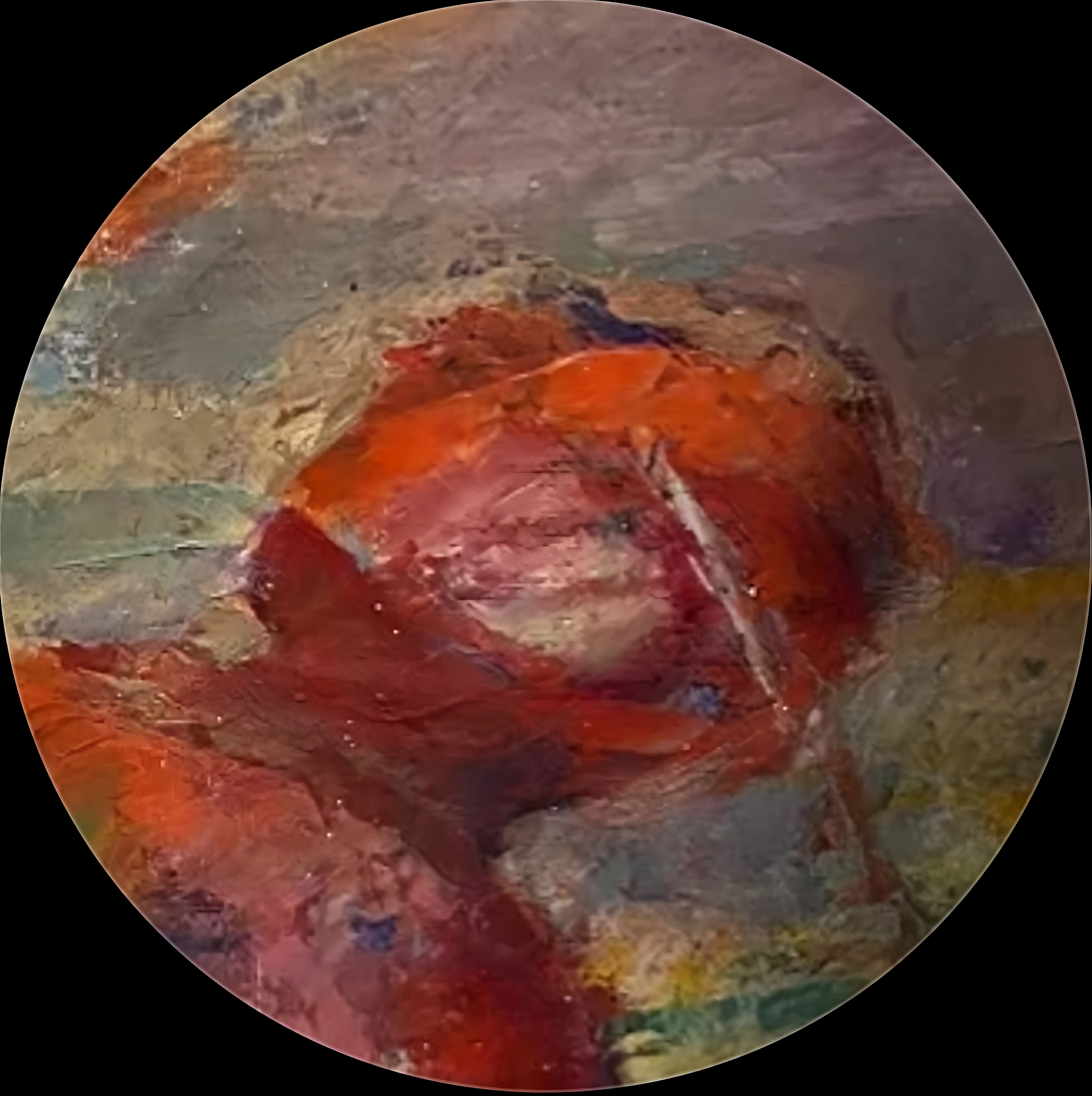What Is the Role of the Moon in Spiritual Science?
What does Anthroposophy say about the Moon? Rudolf Steiner's work tells us that the Moon is a real spiritual force woven into human evolution. Moon forces continue to shape growth, heredity, memory, and early development.
People usually think of the Moon as a cold, distant companion to the Earth, but in spiritual science, its role is very different. Steiner spoke about the Moon as part of the larger story of how human beings became what they are: embodied, individual, free, and capable of inner development. The Moon is not treated symbolically or metaphorically, but as a real spiritual influence woven into the evolution of Earth and humanity.
Below is the picture Steiner actually gives;
1. The Moon as a Former Part of the Earth
According to Steiner, the Moon was not always separate. In very early Earth evolution, what we now call the Moon was once contained within the Earth itself. The separation happened because the Earth could not continue human development under the full weight of the Moon’s forces.
Steiner describes this in Occult Science (GA 13):
the Moon had to withdraw so that human beings could achieve freedom and an individual inner life.
If it had remained inside the Earth, growth forces and hereditary forces would have been overwhelming. Humanity would have remained bound to instinct.
The Moon’s departure created space, literally and spiritually, for interiority.
2. Moon Forces and Growth
Steiner often connects the Moon with form-building life forces. Not “life” in the biological sense, but the living formative forces that shape the human body before consciousness awakens.
In lectures on the human being and the cosmos (for example GA 201, GA 312), Steiner describes the Moon as strongly influencing:
- embryonic formation
- growth in early childhood
- hereditary patterns
- the “memory” of the body
People sometimes recognise these ideas before they understand them: the sense that early childhood has a different atmosphere or density, a kind of borrowed life that slowly becomes one’s own. Anthroposophy sees the Moon as active in that background.
3. The Moon and Memory
Steiner uses the word “memory” in a broader sense than psychology normally does. The Moon is linked to the preserving or retaining principle in human life. Not only the memory we experience consciously, but the deep “life memory” that keeps the body patterned and stable.
In Esoteric Science and later cycle lectures, he describes three cosmic influences:
- Sun → awakening
- Moon → memory, preservation
- Earth → balance, incarnation
The Moon is what lets experiences “set,” so that human identity isn’t washed away each night. Without the Moon’s forces, human consciousness would be brilliant but fleeting; unable to hold itself together.
4. The Moon Beings
Steiner also speaks of spiritual beings connected with the Moon, especially in GA 136 and GA 152. These aren’t meant as mythical characters but as actual spiritual hierarchies once united with the Earth evolution.
Some of these Moon beings, Steiner says, guide the processes of human heredity and early development. Their activity is quiet and backgrounded; most people simply never develop a language for it. The ancient initiates perceived these beings consciously. Modern spiritual science approaches them through disciplined inner work rather than through instinct due to differences in relationship to the spiritual world.
This aspect is not something everyone will immediately relate to. It’s simply a part of Anthroposophy.
5. The Moon and Karma
In the karmic lectures (GA 240 and adjacent), Steiner connects the Moon with the way past experiences and karmic patterns are carried into a new life. Not as fate or determinism, but as a continuity that accompanies individual freedom.
Steiner says the Moon sphere is where the human soul pauses between death and a new birth. It is a realm where past tendencies are sculpted into future possibilities. Many people have an intuitive sense of continuity across their life without having words for it; Steiner locates this continuity partly in the Moon’s cosmic role.
6. The Moon in Ritual and Observation
Steiner never told people to “follow” lunar phases the way modern astrology does. But he frequently noted that lunar rhythms affect:
- plant vitality
- the timing of germination (biodynamics draws from this, but the principles are older)
- certain moments in human physiology
- the etheric or “life” body
In biodynamics, the Moon’s position is used not superstitiously but observationally: Steiner suggests that life forces breathe with lunar cycles, and that agriculture can cooperate with, not dominated by, these rhythms.
7. Why the Moon Matters Today
For Steiner, the Moon is a reminder that the human being is not a closed, self-manufactured system. Much of what shapes us arrives before choice, in rhythms and inherited structures that later become the soil for freedom.
Some people will resonate with this; some won’t. But the idea itself isn’t abstract. It’s a way of saying that becoming a self is a collaboration between cosmic forces, earthly life, heredity, and consciousness.
The Moon stands for the part of us that remembers, holds patterns, and carries continuity from one phase of existence into another.
Further Reading
If you want to explore this in its original context, Steiner’s most complete treatment of the Moon’s role appears in:
GA 13 — Occult Science: An Outline
(especially the sections on Old Moon, Earth evolution, and the Moon separation)

















Discussion